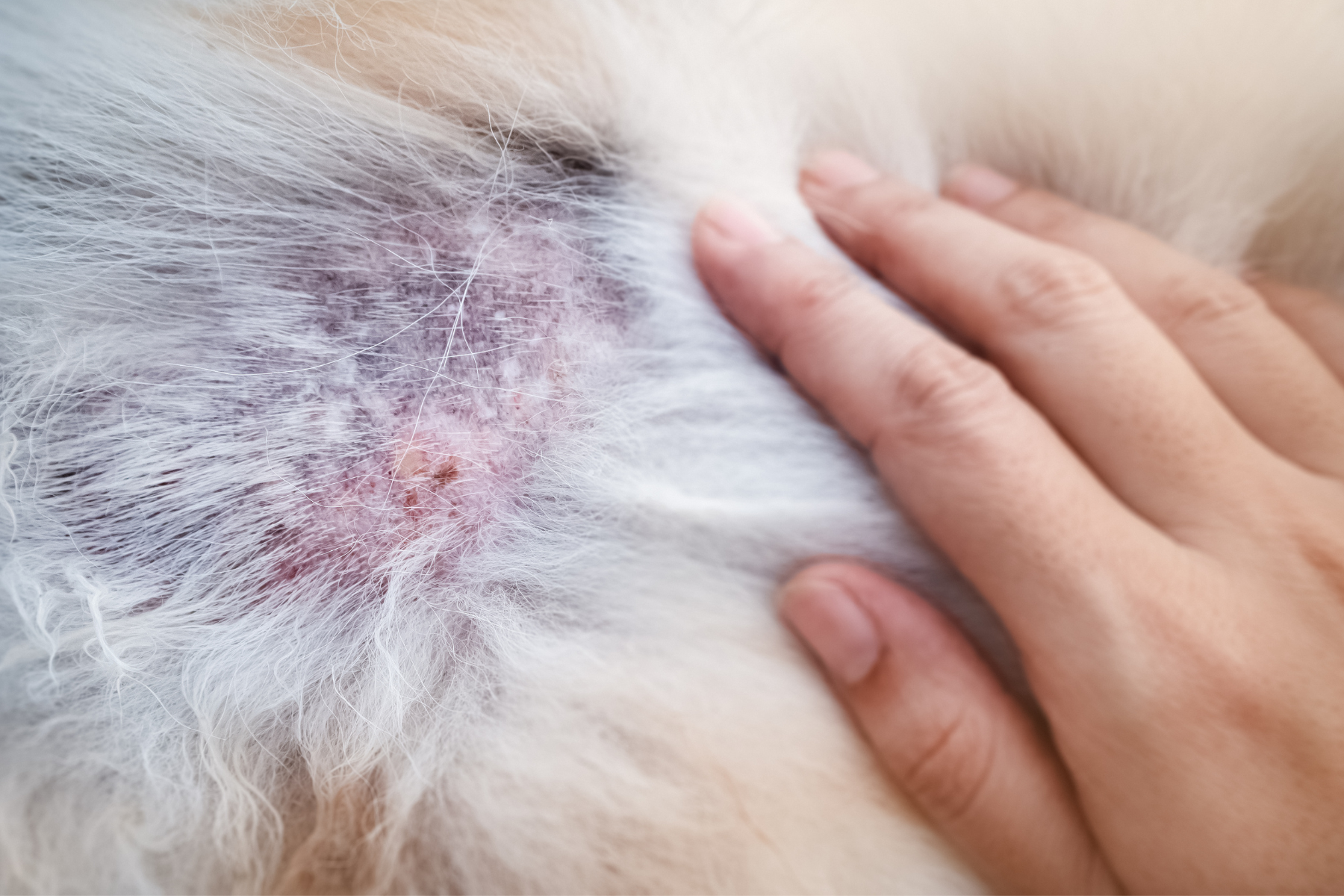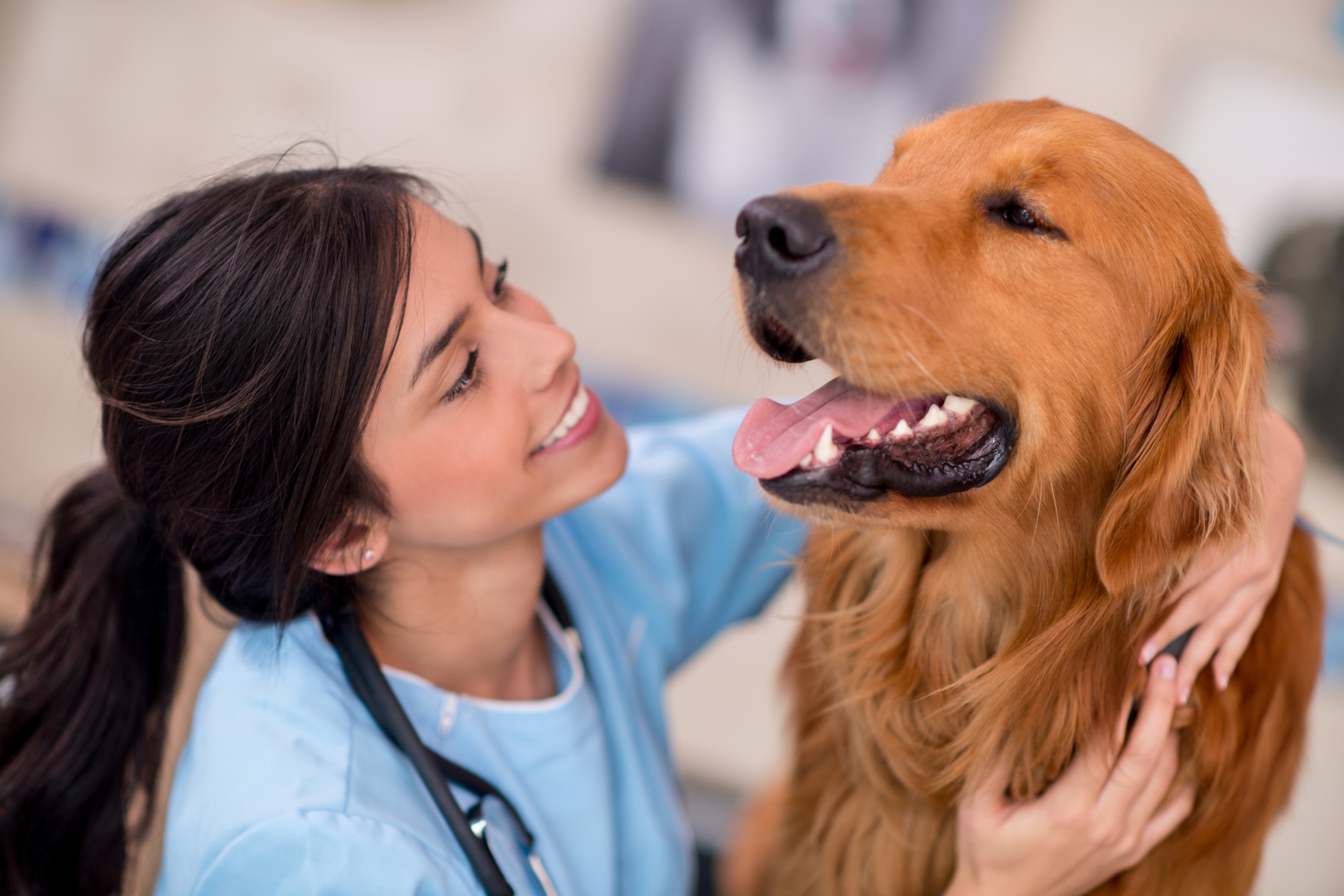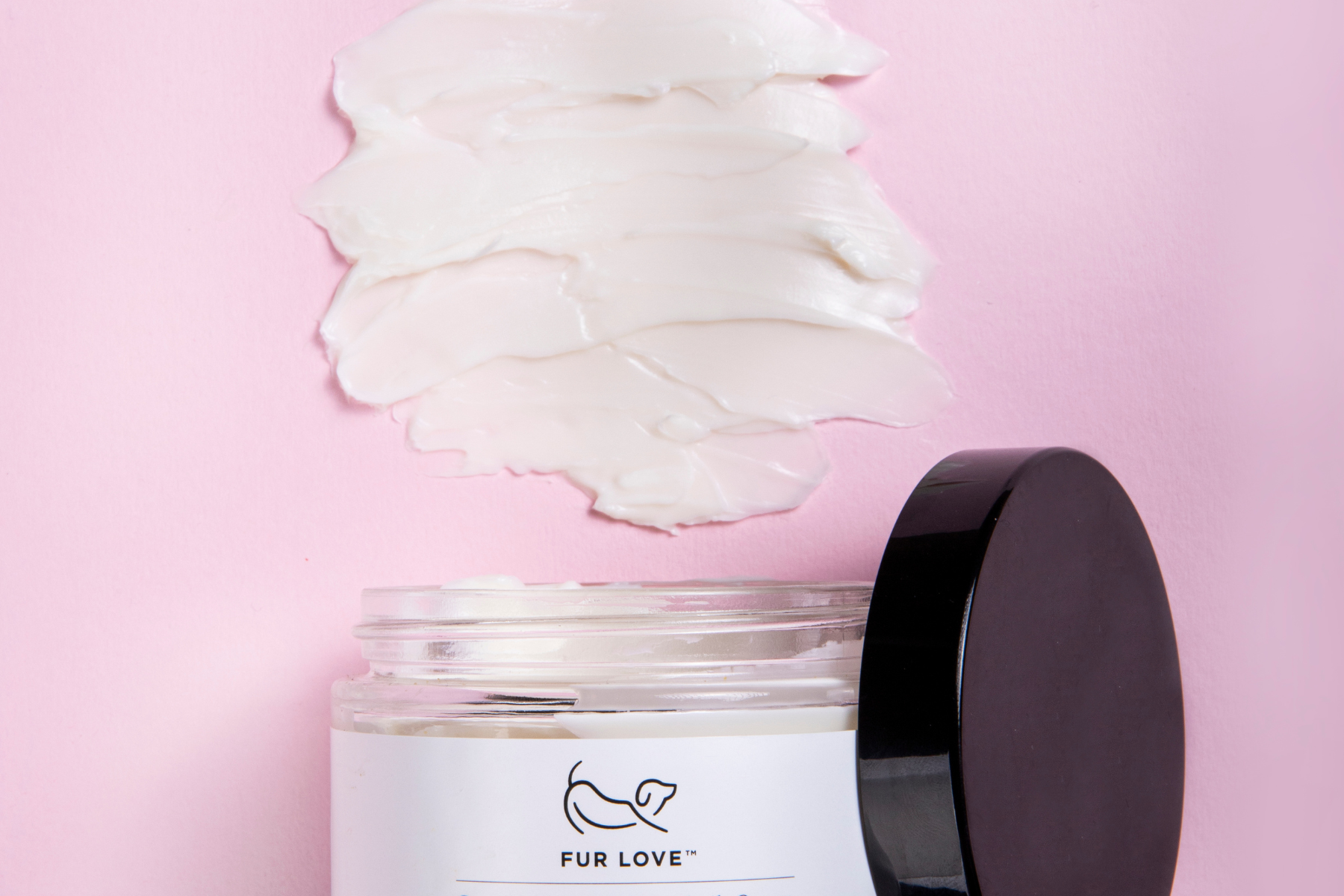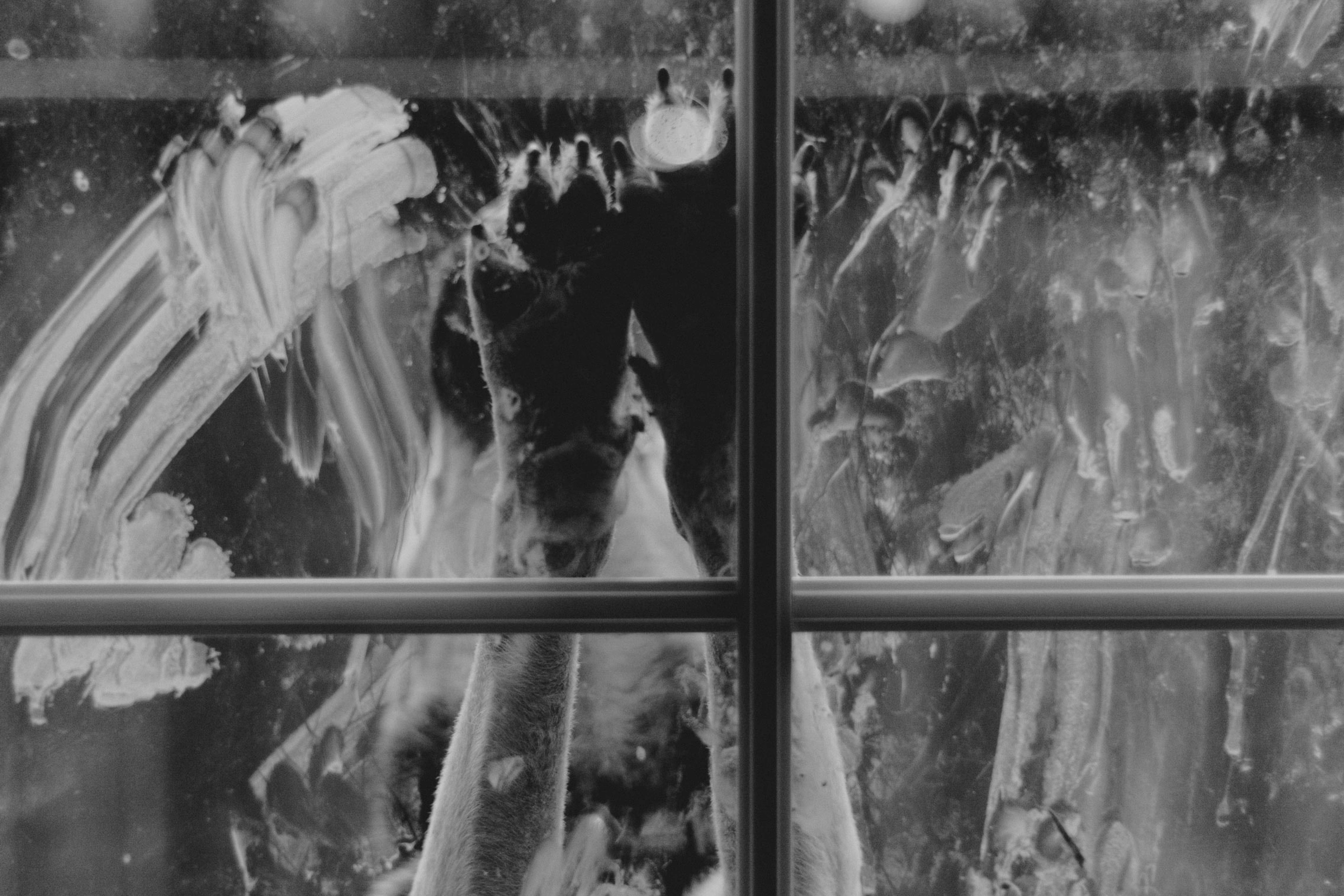Clearing Up
Dog Tear Staining
Tear stains are those reddish-brown streaks that often appear under a dog's eyes, and while they may seem harmless, they can be indicative of underlying health or grooming issues.

- Causes of Dog Tear Stains >
- Routine & Hacks >
- How to Prevent Dog Tear Stains >
- Shop Dog Tear Staining Routine >
Causes of Dog Tear Stains
- Excessive Tear Production:
Some dog breeds are prone to excessive tear production due to genetics or specific facial anatomy. This increased tear production can lead to overflow, causing tear stains to develop over time. - Blocked Tear Ducts:
Tear duct blockages can prevent proper drainage of tears, leading to the accumulation of moisture around the eyes, which becomes a breeding ground for bacteria. - Allergies:
Dogs can be allergic to environmental factors, such as pollen, dust, or certain ingredients in their food. Allergic reactions can cause eye irritation and tear staining. - Eye Infections:
Conjunctivitis or other eye infections can lead to increased tear production and discoloration of the fur under the eyes. - Poor Diet:
Low-quality dog food lacking essential nutrients can contribute to tear stains, as it may lead to tear duct blockages or allergic reactions.
BEAUTY RULE #1: Consistency is key with tear stains
Dog Tear Stain Routine
Tear Stain Routine
Spritz on a cotton pad and wipe areas of concern. Use daily to prevent stains.
Remember tear stain prevention is a daily routine that requires consistency to see results.
See our HACK for tear stain cleaning out and about.


How to Prevent Tear Stains
- Regular Grooming:
Gentle and regular cleaning around your dog's eyes can help prevent tear stains from forming. Use a soft, damp cotton pad or cloth with the Micellar Cleansing Spritz to remove any accumulated tear debris and moisture. - Proper Nutrition:
Ensure your dog's diet is well-balanced and contains high-quality ingredients. Consult with your veterinarian to choose the best diet for your pet's specific needs. - Allergen Management:
If your dog has allergies, try to minimize exposure to potential allergens by keeping the area clean and moisturized and regularly cleaning of beds with sensitive washing powder. - Tear Duct Maintenance:
Consult your veterinarian for guidance on how to perform this effectively. - Regular Vet Check-ups:
Routine visits to the veterinarian can help identify any underlying health issues that might contribute to tear staining, ensuring timely treatment and management.



Tear stain remover magic!
"I have a small spoodle with the most beautiful golden curls all over his face, but he also gets really bad tear stains. So I've been using the Spritz not just to keep him smelling fresh but to help remove the stains. I just use one pump of the spritz on a cotton pad and work away at the stains around his cheek bones and closer to his nose. I always avoid the close areas around his eyes and Im really happy with the results. Its made a huge difference."
Brianna B. - Verified buyer
Shop Dog Tear Stain Routine
While dog tear stains can be unsightly, they are often a symptom of underlying issues that can be managed and prevented with proper care and attention. Regular grooming, a nutritious diet, and a proactive approach to your dog's health will go a long way in keeping tear stains at bay. Remember, consult with your veterinarian if you notice any changes in your dog's tear staining or if you suspect an underlying health problem. With a little extra care, you can ensure that your furry friend stays happy, healthy, and tear-stain-free!






